If you’re looking for a fun adventure, a trip to Mount Pulag and Sagada will not disappoint. Due to its eminence as the third-highest mountain in the Philippines, it’s no wonder that Mount Pulag is a popular tourist destination and one of the most breathtaking destinations in the country. The star-filled sky and picturesque sunrise of Mount Pulag will certainly leave an indelible mark on your trekking journey!
To complete your travel in the Cordillera mountain range, the town of Sagada makes for a noteworthy visit and brims with an abundance of culture. With this 5D4N itinerary, you are in for an all-encompassing and budget-friendly trip to the Northern Philippines!
Day 1 and 2: Manila and Baguio
From Manila to Baguio
If you’re heading to Baguio City from Metro Manila, the bus is the most economical and common mode of transport which takes about four to six hours. The Victory Liner provides hourly bus services from the Monumento Main terminal in Caloocan City, Cubao, and Pasay terminals. The buses are air-conditioned too!
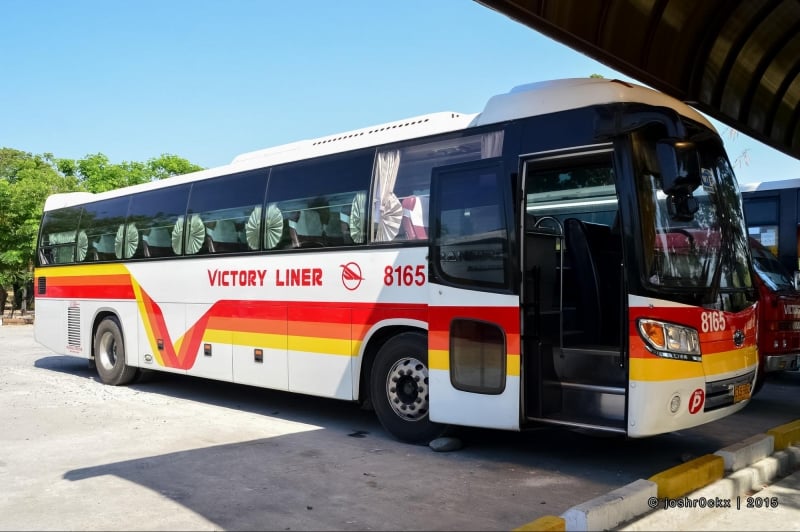
Image credit: Josh Hernandez
The cost for a one-way trip to Baguio with multiple stops is 455 pesos (~S$11) per person. Semi-deluxe buses, which only stops at Tarlac Shell Station, cost 650 pesos (~S$16) per person for a one-way trip. Alternatively, you can opt for the non-stop deluxe bus service which costs 750 pesos (~S$18) per person for a one-way trip to Baguio with water and snacks provided.
Accommodations in Baguio are generally budget-friendly ranging from 650 pesos (~S$16) to 1,400 pesos (~S$35) per night.
Tip: Opt for travel packages that include roundtrip bus transportation for easy travel.
Arrive in Baguio and trek to Camp 2
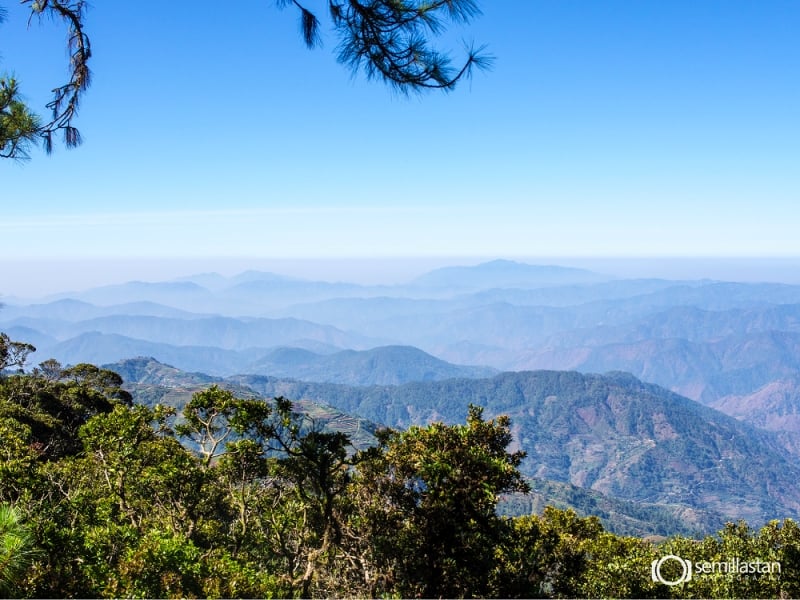
Image credit: Stanley Semilla
The 2D1N Mount Pulag package generally includes roundtrip bus transportation (Manila-Baguio), roundtrip chartered monster jeepney (Baguio-Mount Pulag), meals for both days and fees (entrance fee, camping fee, green fee, cultural fee and local guide fee). This package costs approximately 2,600 pesos (~S$65) to 4000 pesos (~S$100) per person, depending on headcount and inclusions of the trip.
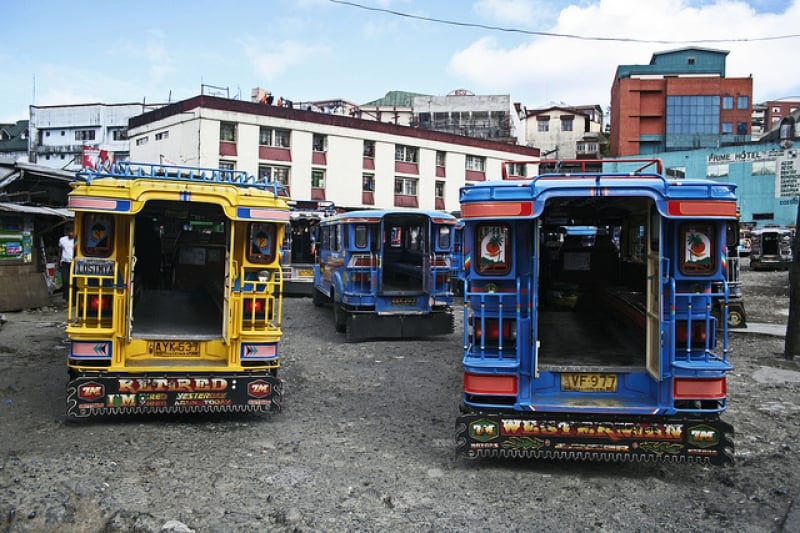
Image credit: Christopher Newsom
It will take approximately five to six hours to reach Mount Pulag National Park. On the way to Mount Pulag National Park by jeepney, embark on side trips to the hanging bridge, Ambuklao Dam, or Daclan Sulfur Springs.
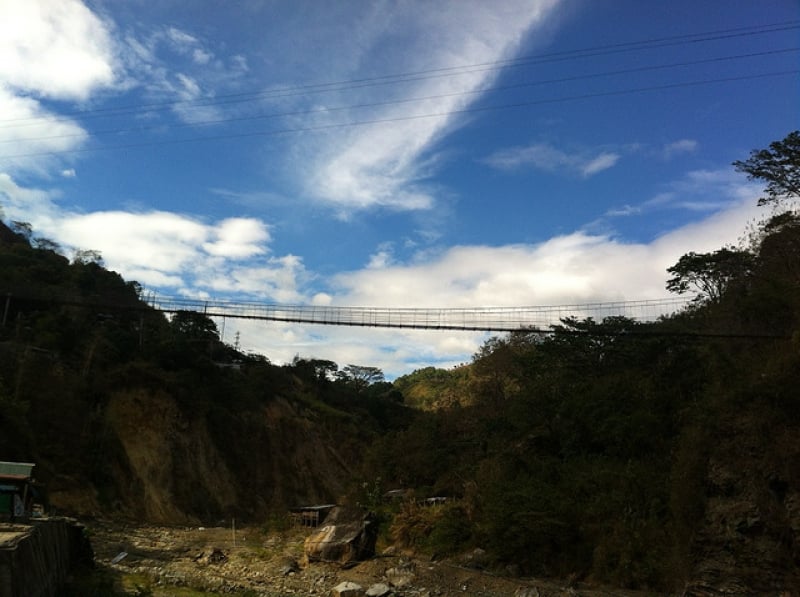
Image credit: Chiara Maria Francesca
Upon arrival at Mount Pulag National Park, you will undergo a 30-minute briefing and registration before proceeding to the Ranger Station (the starting point of the climb). The ride to the Ranger Station will take almost 30 to 40 minutes via a jeepney. Your trek up Mount Pulag will begin with a three to four-hour trek to Camp 2, before trekking to the summit of Mount Pulag the next morning.
The Department of Environment and Natural Resources (DENR) prohibits trekking up Mount Pulag without a guide. If you’re not too physically fit, toss your pride aside and hire a porter for 500 pesos (~S$12). Don’t be surprised to see a smaller-built woman carrying your load! The trek up to Camp 2 is by and large doable with several tricky paths that may require some climbing or crawling.
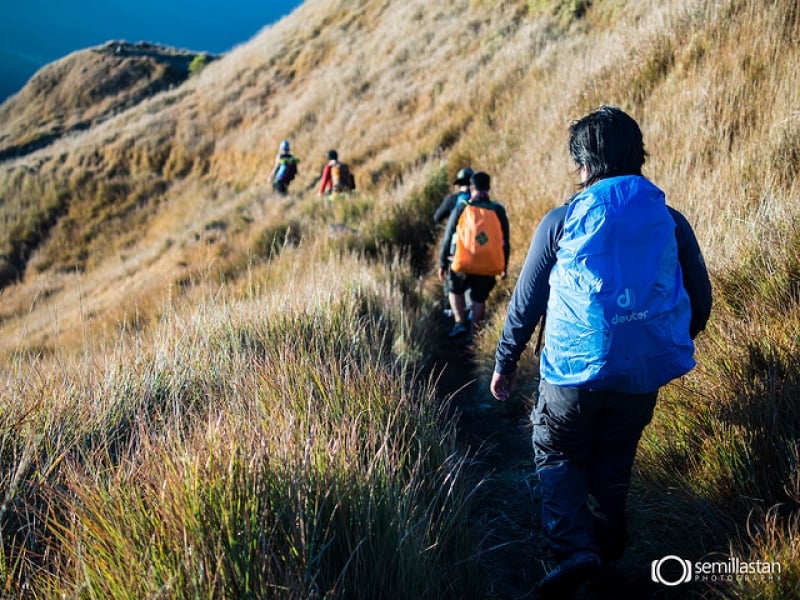
Image credit: Stanley Semilla
Get ready to luxuriate in the wilderness as you commune with the Benguet pines and dwarf bamboos, chirping birds and browned remnants of branches at your feet.
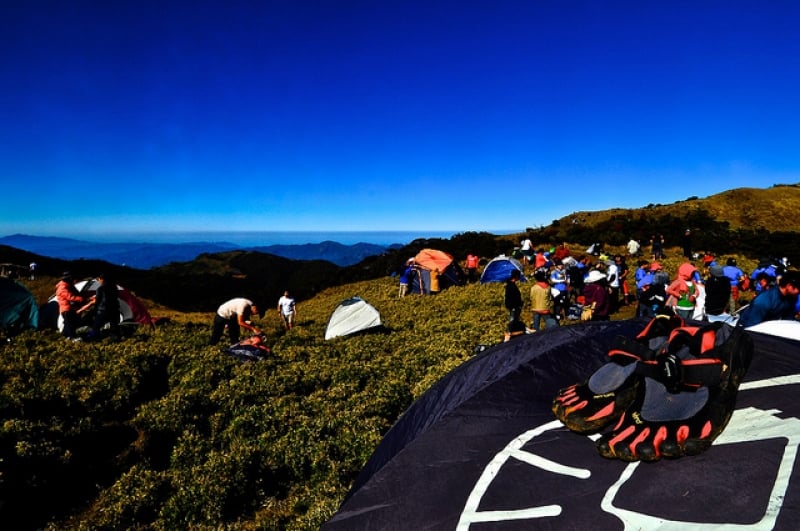
Image credit: Chad M
After more than an hour of ascent, you will take a short break at Camp 1 before trekking for another 2.5 hours to Camp 2. At Camp 2, check for even ground to set up your tents and have dinner (cup noodles or packed food). Thereafter, recharge your batteries for the trek to the summit the next morning.
The temperature might dip to as low as nine degrees and rainy weather is probable so prepare your thermal jacket and socks, waterproof clothing, and gloves.
Tip: To prevent water and condensation in your tent, use a groundsheet or tarp under your tent. If you’re bringing your own tent, prepare one that is treated with waterproofing polyurethane as well as a rain fly that overhangs so that rainwater drips off the sides. Otherwise, seal your tent’s seams with a waterproof spray.
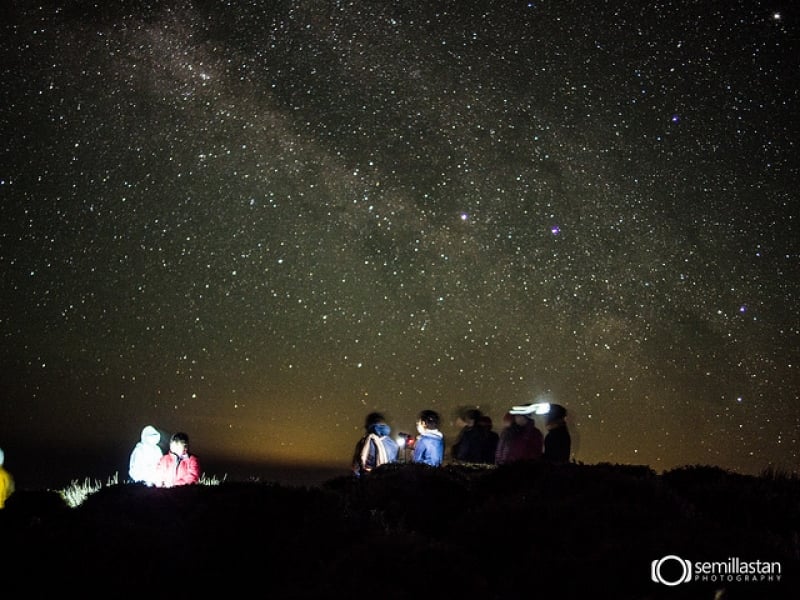
Image credit: Stanley Semilla
If the weather is favourable, you will get to witness the breathtaking night sky swarmed with silver-sequin stars. Prepare your head torch and trekking equipment and rest early for your pre-dawn trek up to the summit of Mount Pulag.
Day 3: Sunrise at the summit of Mount Pulag
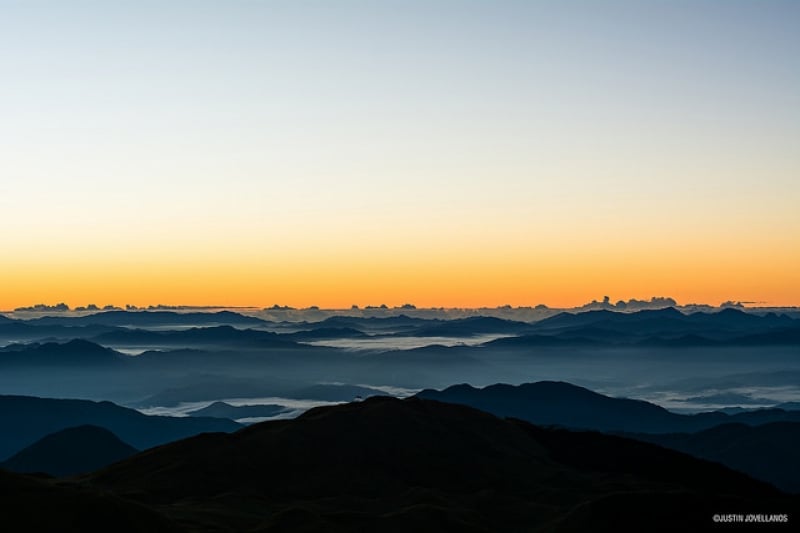
Image credit: Justin Jovellanos
Wake up at 3am to begin your ascent to the summit of Mount Pulag and marvel at the sunrise just in time. There you will witness the best sunrise of Luzon with the sea of clouds and tints of orange imbuing the aegean blue sky. Well, that’s if you’re lucky. If you experience rainy weather the night before, it is unlikely that you will reach the summit due to the dangerous, muddy and foggy trails.
Thereafter your day will be spent on the road as you return to Baguio by jeepney and take a bus to Sagada. Recuperate for the activities that await you the next day.
Tip: It is best to climb Mount Pulag during the dry season from March to May, but some say that there is no best timing to climb Mount Pulag as the mountain weather is unpredictable.
Day 4: Caving at Sumaguing Cave, Hanging Coffins and Echo Valley
Caving at Sumaguing Cave
Even if you have tried caving, the experience at Sumaguing Cave is like no other. Sumaguing Cave, more affectionately known as ‘The Big Cave’ is probably the most popular of all tourist attractions in Sagada. The unique rock formations are like slabs of caramel moulded into distinctive geometrical shapes.
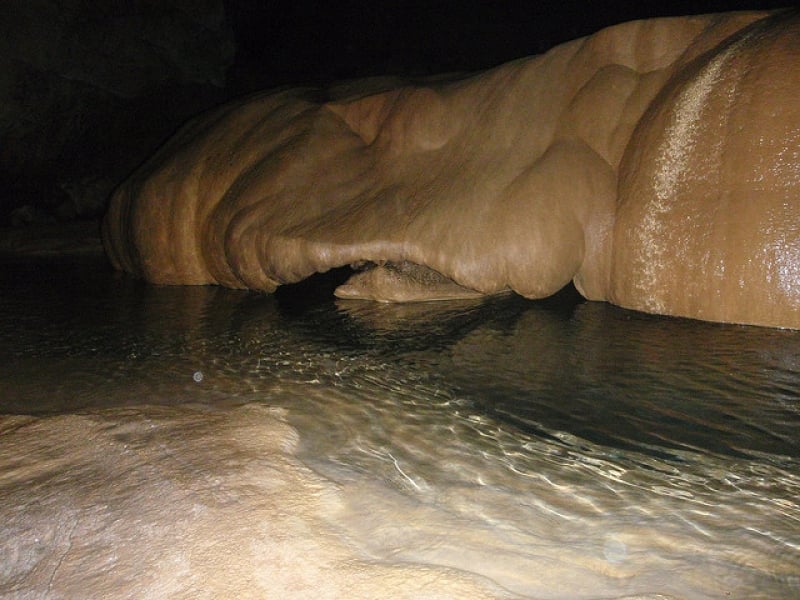
Image credit: rhoelilagan
There’s always something new to discover at Sumaguing cave! For first-timers, the experience might be a bit challenging but fret not, your guides will assist you and ensure your safety at all times. You will first descend to the bottom of the cave and witness the rock formations.
Be careful as it might get a bit slippery with all the bat poop! The exciting part of your caving experience will be squeezing in between narrow openings and soaking in the pools of clear, cold water.
Hanging Coffins and Echo Valley
Learn more about the traditions of the Igorot tribe who bury their dead in hanging coffins on the cliff sides! It is believed that placing the bodies of the dead higher up brings them closer to their ancestral spirits and allows them to attain a higher level in the afterlife. This age-old tradition still persists till the present day albeit at a smaller scale.
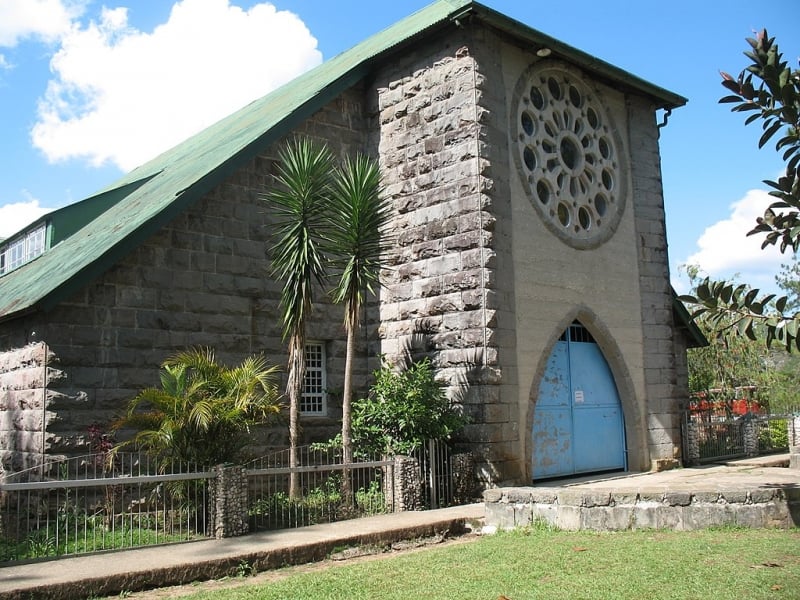
Image credit: Aldrin J. Garces
To get to the Hanging Coffins, you will first walk past St. Mary’s Cathedral, the oldest church in Cordillera built under the direction of Rev. John Staunton in 1904.
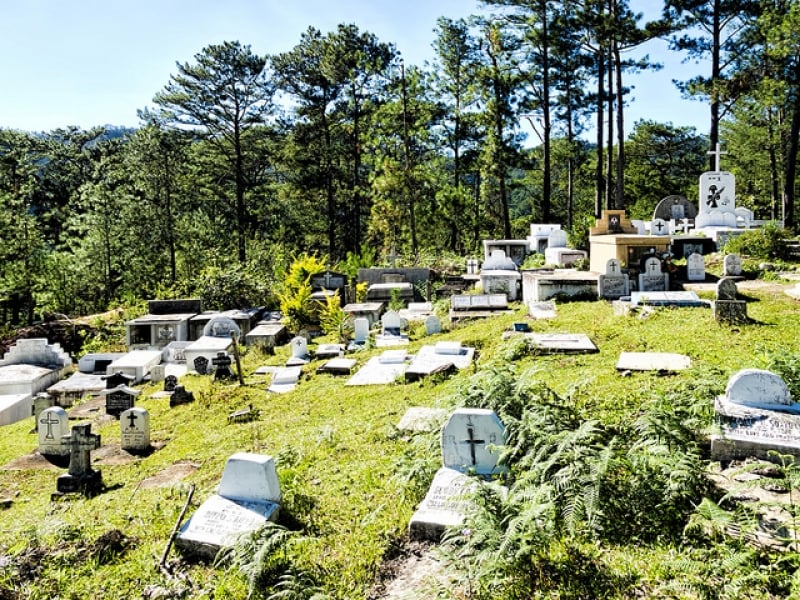
Image credit: Dan Lundberg
After you walk past the church, make your way through the cemetery to the top of Echo Valley which will give an expansive view of the valley.
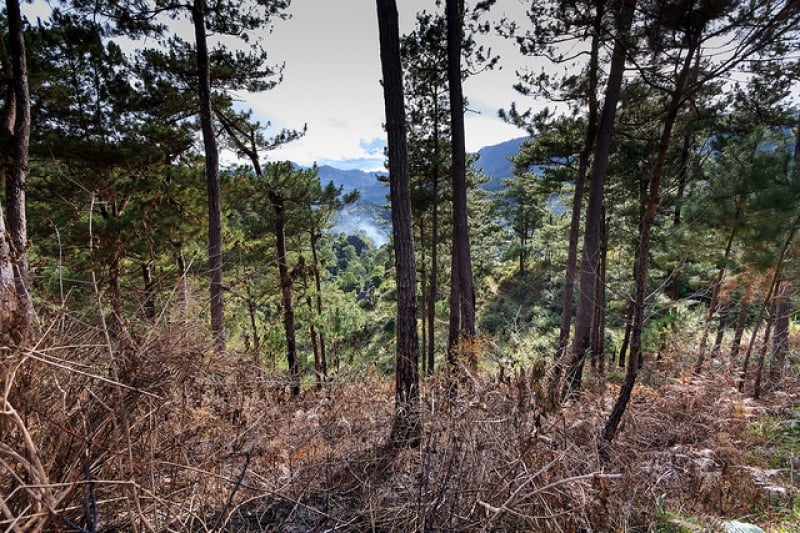
Image credit: Eisen Jiao
A downhill trek from the top of Echo Valley to the Hanging Coffins will take approximately 15 to 20 minutes.

Image credit: Rick McCharles
Upon reaching the site, you will notice coffins hung off the side of the cliff. The few small coffins and wooden chairs tied to these coffins will surely intrigue you.
The wooden chair, also known as the ‘sangadil’ or death chair, is part of the Igorot death ritual where the corpse is placed on the chair and tied with rattan and vines for relatives to pay their respects. As for the small coffins, the corpses are put in the fetal position to represent a departure that is akin to “the way you entered the world”. Enough of these spoilers – go experience it for yourself!
Day 5: Kiltepan sunrise and Bomod-ok Falls
Kiltepan Sunrise
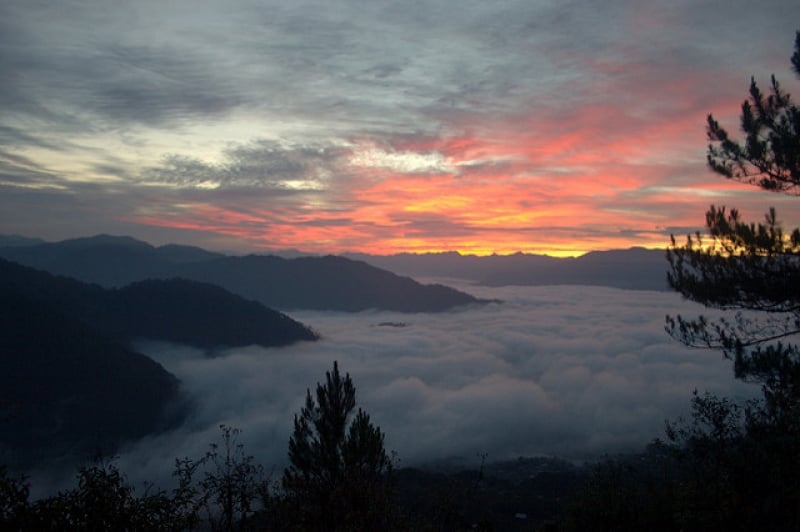
Image credit: Arlene
Located three and a half kilometres away from the town centre, the Kiltepan Viewpoint or Kiltepan Peak is a popular spot for a picturesque view of the sunrise in Sagada. This is also the highest point encircled by the villages of Kilong, Tetapan, and Antadao. The orange hues of the sun permeating the sea of grey clouds onto the crevices of the land is certainly a sight to behold!
If you’re planning a trip to Kiltepan, you may refer to the Sagada Environment Guides Association (SEGA) or Sagada Genuine Guides Association (SAGGAS) office or simply book with your guide if you have one. You can opt for a van ride which costs about 450 pesos (~S$11) or embark on a four-kilometre trek from town which will take about an hour.
Bomod-ok Falls
Bomod-ok Falls, affectionately known as the ‘Big Falls,’ is located in northern Sagada and a twenty-minute ride from the town centre. When it comes to Bomod-ok Falls, it’s about the journey as much as the destination. On your trek up to the waterfall, you will be bounded by rice terraces, hills and valleys, and the local way of life.
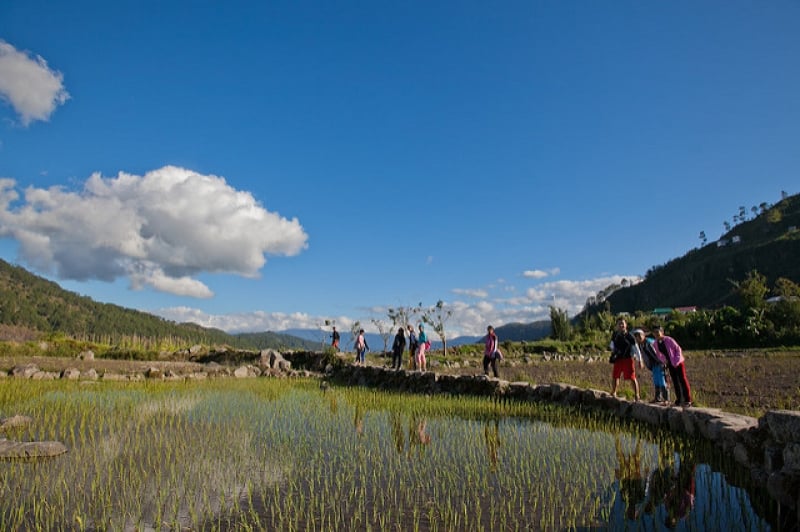
Image credit: jaya
Albeit exhausting, traversing the rice paddies makes the trek more enjoyable as you catch a glimpse of the local men and women treading the rice paddies and children playing along the rice terraces. The concrete pathway makes the journey manageable as well. As you cut across a small village, there are local stalls for you to get a snack or drink and recuperate before continuing your journey.
As you make your way further down the hill, the trail gets steeper. Not to worry, it’s merely a small part of the trek – incomparable to the view that awaits you at Bomod-ok Falls!
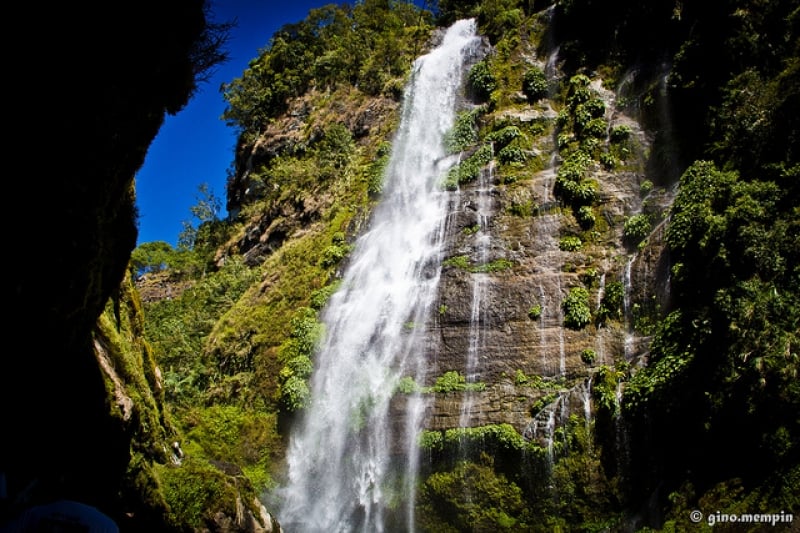
Image credit: ginomempin
Once you get to the waterfall, you’ll forget the weariness in your bodies as you soak in the water and enjoy the stunning falls of satin white! The water might be cold but it’ll be extremely refreshing after a long trek. The Bomod-ok Falls is certainly a must-visit in Sagada.
Also read: 15 Things to Do in The Philippines That Even Some Locals Don’t Know About!
If you have yet to explore Mount Pulag and Sagada, then wait no more! With the above 5D4N itinerary, you can kickstart your travel plans, pack your bags and go! With the abundance of nature and culturally-rich communities, the trip to Mount Pulag and Sagada will certainly be an indelible adventure of a lifetime.




